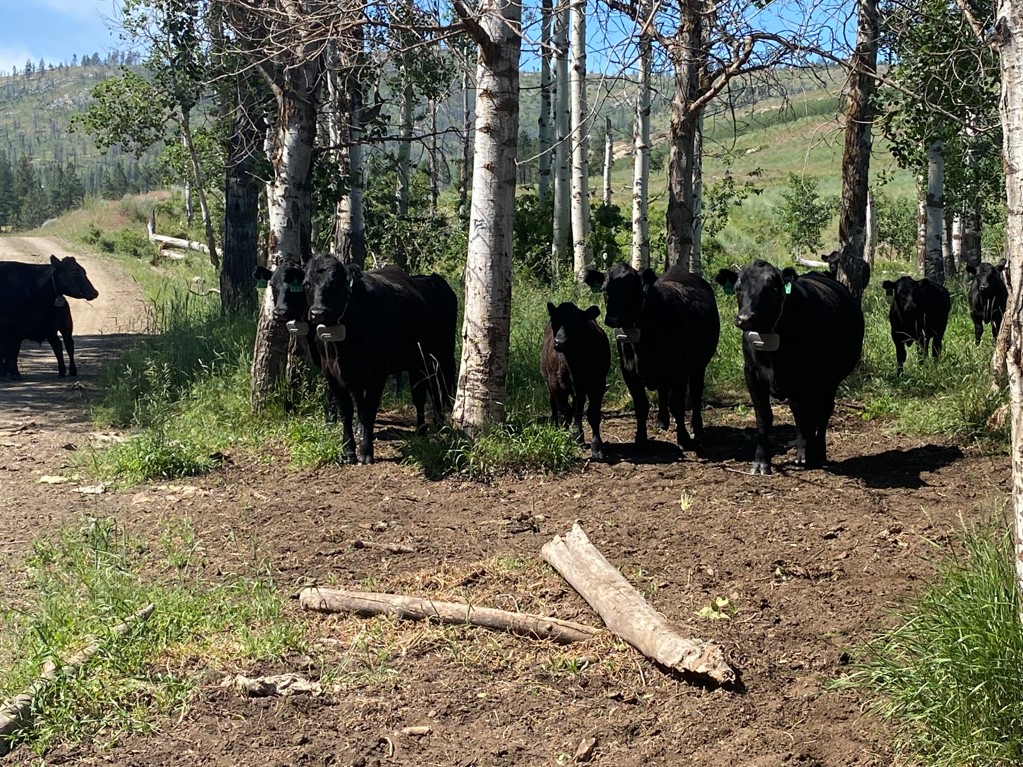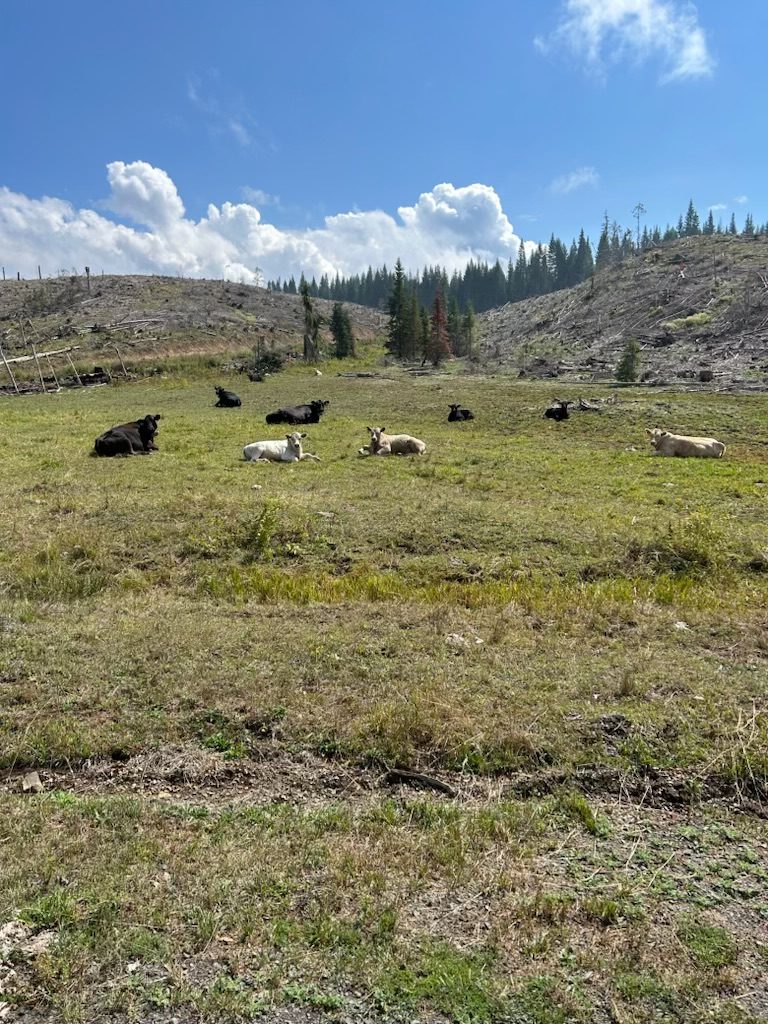
From Improving Ground to Managing Fire, There Are Countless Ways to Use Vence
It’s easy to make a financial case for adopting Vence. “When you look at the cattle market today and the cost of losing a couple calves, you can see how virtual fencing technology pays for itself pretty quickly,” Rancher Caleb Berquist points out. It can also save countless hours in labor and open expansion opportunities. And the benefits don’t stop there.
Ranchers and wildlife managers use virtual fencing to improve their ground, diversify ecosystems, keep cattle out of sensitive areas, reduce their risk of fires and more. It’s difficult to put a dollar figure on these advantages, but they certainly contribute to a ranch’s longevity and its operator’s peace of mind.
Better utilization of ground
Mike and Joy Wilson of north-central Washington are long-time users of rotational grazing on their cow-calf operation. They say their holistic management approach has yielded benefits like:
- Better management of cows thanks to tighter groupings.
- Better distribution of bulls across a smaller acreage.
- Better utilization of grass.
When it comes to grazing management, everything is relative to how long cows stay in one area. “If you have that one cow on a thousand acres, but she stays in one small area every day, you can overgraze it,” Mike Wilson says. “Cows prefer new growth and small, delicate materials. They’ll keep eating it as it comes up rather than moving to eat older grass.”
With rotational grazing, ranchers can direct them to older grass, better utilizing their real estate. “When we say utilization, we don’t mean grazing off all the ground,” Wilson says. “We mean improving the sustainability of the grass species, so the places that were overgrazed can be left to rebuild or grazed early to manage noxious plants.”
Manage water and protect against fire
Another reason the Wilsons rotationally graze their land is water management. “Spring development and water retention are key to utilizing our ground,” he says. “Balancing out grazing improves retention of rain and snow.”
In the high desert-type environment the Wilsons graze, fire is a major concern. They use Vence to graze strategically, reducing the amount of fuel across their acres and creating buffers to limit damage if lightning sets off a fire.
Keep cattle out of sensitive areas
Vence has proved invaluable for keeping cattle out of sensitive areas for Washington-based Berquist who also grazes cattle on leased land in Idaho. There is a lot of logging on his Idaho ground. After an area is logged, new trees are planted. “Being able to keep cattle out of those newly planted areas is a big deal for us,” Berquist says.
The same can be said for riparian areas. His leased ground includes waterways fenced off for fish habitat. “The ability to keep our herd away from those areas and stream banks is also huge,” he says. “Knowing our cattle aren’t in these sensitive areas helps me sleep at night.”
Vence has also alleviated headaches related to private ground within his permit. “When people buy private ground within our permit, they don’t always understand it’s open range. They might not be the best about maintaining fences,” Berquist explains. “The ability to keep cattle off that private ground has saved us a lot of phone calls.”
Create diverse ecosystems that benefit wildlife
Nat Ruth uses cattle and patch burn grazing to create diverse ecosystems that benefit wildlife – specifically, quail. His system mimics the grazing that has historically occurred in North America, and he says the results have been “breathtaking.”
With Vence, Ruth can track and move animals frequently, helping him maintain grazing pressure with a high level of precision. “A quail’s habitat over winter is about 10 acres, so my scale is much smaller than a traditional patch-burn grazing system,” he explains. With Vence, he’s able to monitor and control grazing pressure, using grass samples to inform his stocking rates.
Ruth also uses Vence in Montana to target crested wheat grass, an invasive grass species. “I use Vence to hold cows on areas overgrown with this non-native species for about 60 days,” he explains. “Then I drop the Vence lines and allow them to move to native vegetation.”
Peace of mind
Knowing where your cattle are (and aren’t) provides immeasurable peace of mind. In a career where so many things are beyond the operator’s control, the ability to keep tabs on and direct animal movement from afar can be a game changer.
“Vence has enabled us to add acres and increase stocking density. Our workload hasn’t gone down,” Mike Wilson says with a laugh. “But I can sleep better at night because I can see that everything is OK.”
Reach out today if you’re interested in learning more about Vence and how it might benefit your operation.

Vence helps Washington ranchers Mike and Joy Wilson make better use of all their ground.

Cattle-riding collars provide GPS tracking of livestock, helping ranchers like Caleb Berquist sleep better at night.
